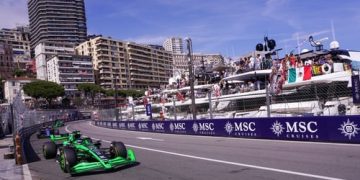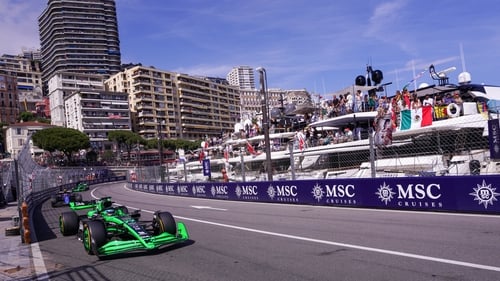In a bid to reignite excitement at the Monaco Grand Prix, Formula One (F1) authorities have announced plans to double the number of mandatory pit stops during the race.
This decision comes after years of criticism that the iconic street circuit has become more of a spectacle off the track than on it, with overtaking becoming increasingly difficult in modern, wider cars.
The Monaco Grand Prix, a jewel in the crown of motorsport, has a rich history dating back to 1929.
However, the tight and twisty 2.1-mile layout, largely unchanged over the decades, has struggled to adapt to the evolution of F1 cars.
Last year’s race saw the top ten finishers maintain their starting order, highlighting the overtaking challenge.
Reigning champion Max Verstappen even quipped during the race, “F*** me, this is really boring. I should’ve brought my pillow,” later adding, “We are driving literally half-throttle on the straights, in a higher gear than you would normally do, four seconds off the pace. That’s not really racing.”
The FIA (Fédération Internationale de l’Automobile), F1’s governing body, revealed the new pit stop regulation at the sport’s season launch in London.
The aim is to create more strategic variation and unpredictability, forcing teams to make more decisions during the race and potentially shaking up the established order.
The decision follows previous attempts to modify the circuit, which have yielded little success.
While specific details of the mandatory pit stop rules are yet to be finalized, the FIA’s statement indicated that the proposal will be further discussed by the sporting advisory committee in the coming weeks.
Last year’s race was somewhat unusual due to a red flag incident on the first lap, which allowed many drivers to change tires without losing significant track position.
This minimized the need for pit stops under normal racing conditions. The new regulations are designed to ensure more pit stop action regardless of on-track incidents.
The move has been met with mixed reactions from drivers and fans. Some believe it’s a necessary step to improve the spectacle, while others argue that it’s an artificial solution that doesn’t address the fundamental issue of the track’s suitability for modern F1 cars.





























